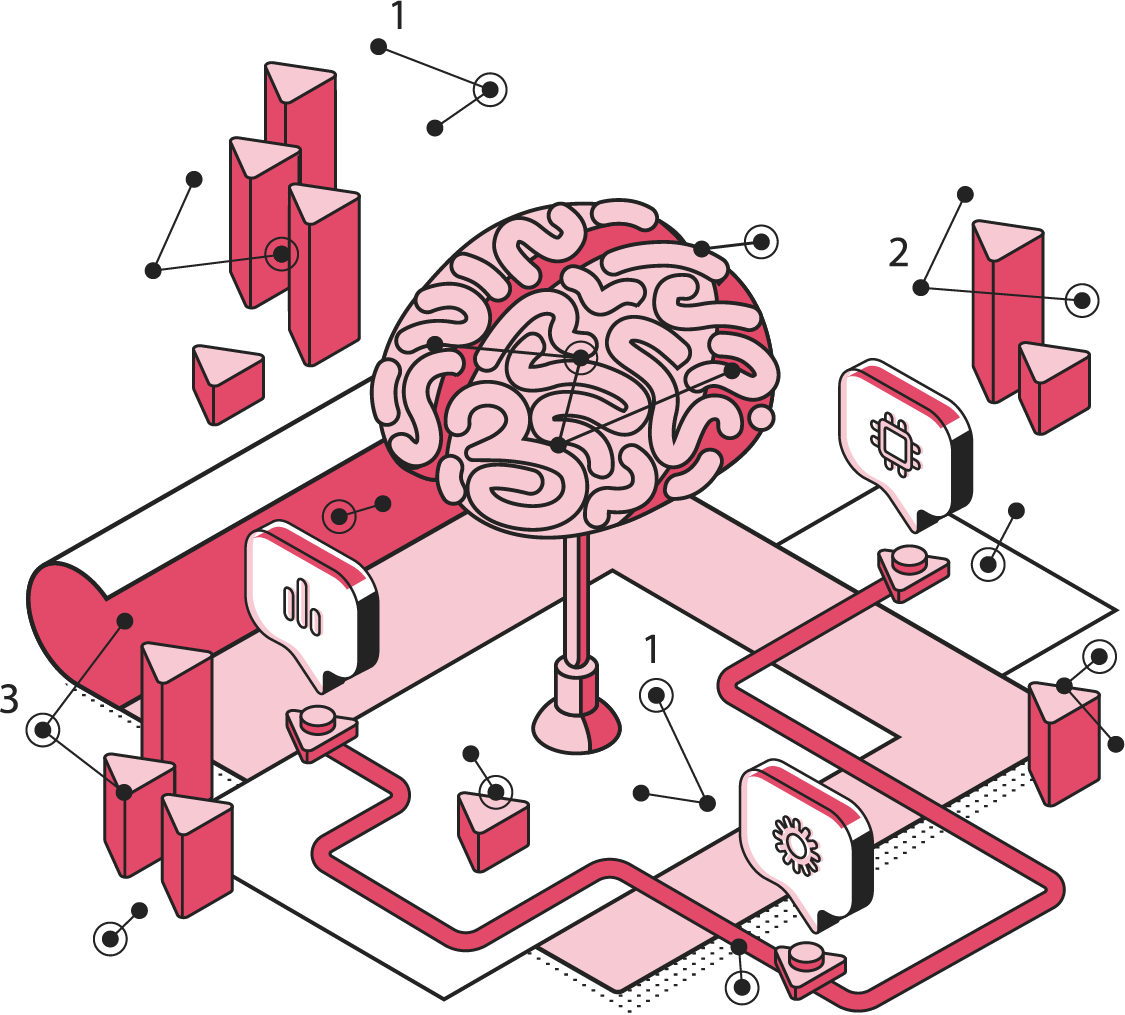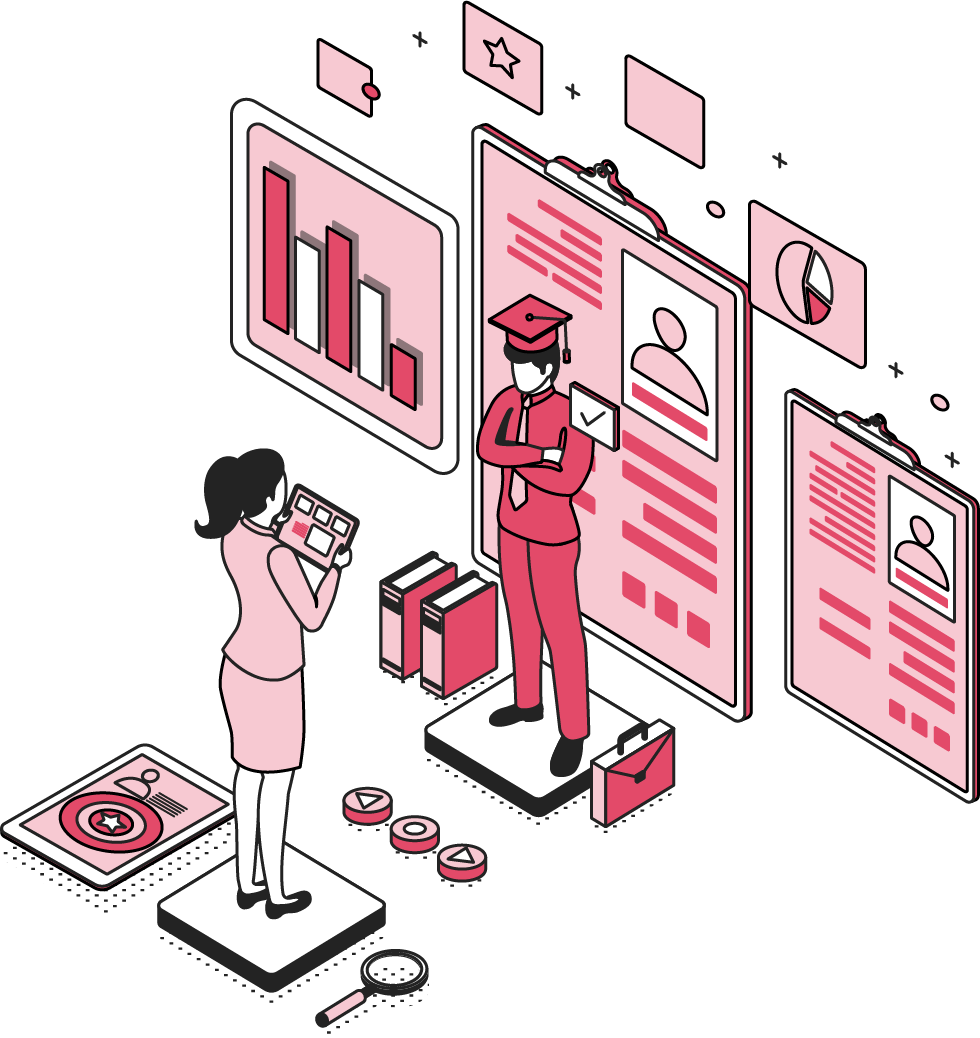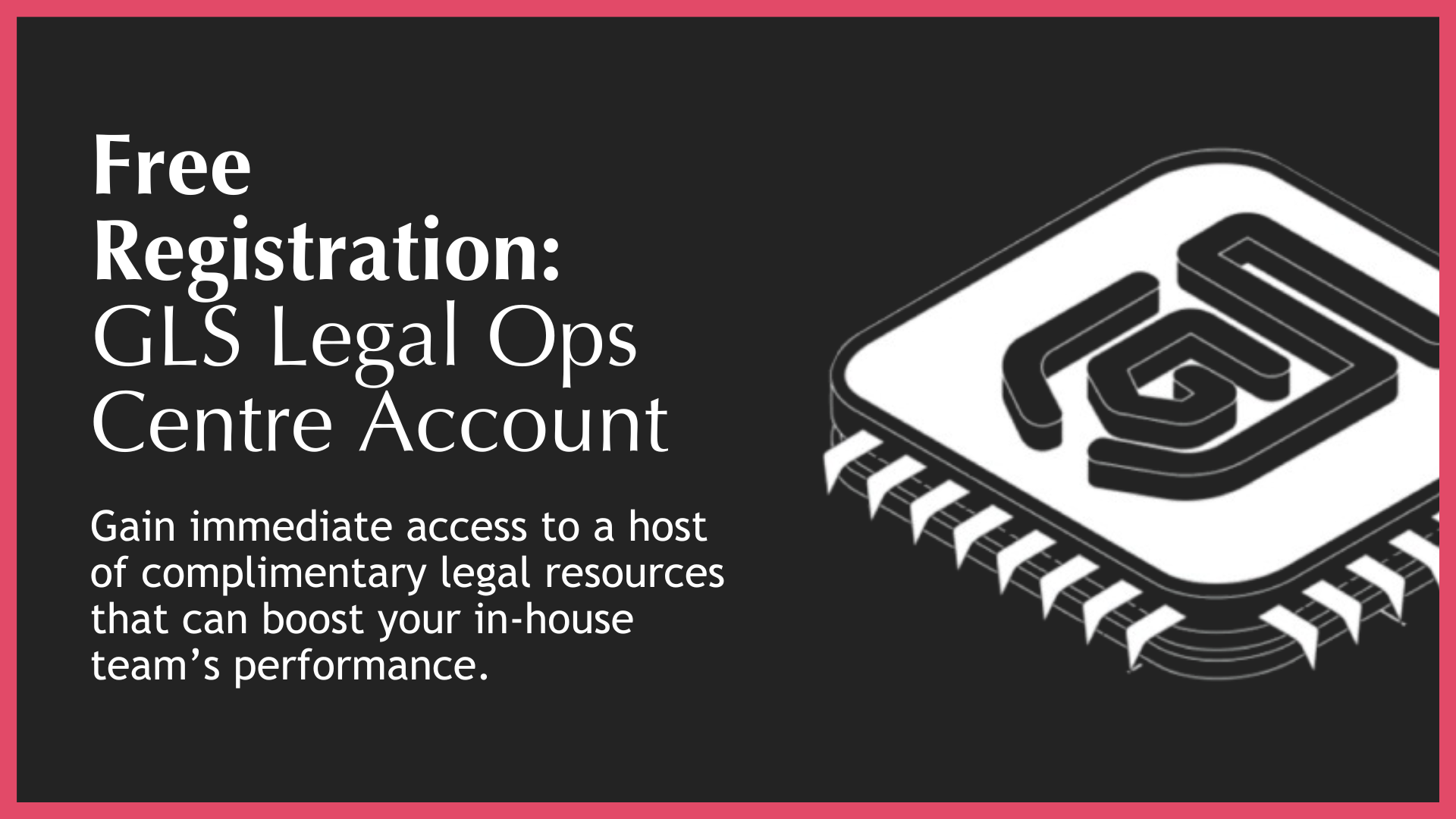The GLS Legal Operations Centre
The ultimate in-house legal department resource stack
Back
Solution Design
What Is It
The Solution Design Station is where the managed legal service (MLS) offering is tailored to the specific needs, workflows, and risk profile of the legal department. It is the blueprinting phase that ensures the MLS provider delivers a service that mirrors current operations, integrates seamlessly, and sets the stage for scalable improvement.
At GLS, we treat solution design as a strategic choreography - a deliberate alignment of people, process, and technology. The initial solution must reflect the current state of operations to ensure continuity. From there, it must be capable of gliding upward into a more optimised, tech-enabled, and performance-driven model.
This station is not about over-engineering. It’s about starting simple, proving the case, and then expanding scope and sophistication as confidence builds. A well-designed MLS solution is modular, incremental, and dynamic - capable of evolving as the legal department matures.
Critically, solution design must also account for transformation readiness. It must be built to accommodate future improvements, whether in automation, analytics, or service scope. At GLS, we design solutions that don’t just solve today’s problems - they unlock tomorrow’s potential.
Scope
The scope of the Solution Design Station typically includes:
◼️Current State Mapping: Documenting existing workflows, roles, and service levels.
◼️Gap Analysis: Identifying inefficiencies, bottlenecks, and areas for improvement.
◼️Service Model Configuration: Designing how the MLS provider will deliver services within defined boundaries.
◼️Integration Planning: Ensuring the solution fits into existing systems, tools, and approval chains.
◼️Scalability Planning: Building a modular solution that can expand in scope and sophistication.
◼️Risk Alignment: Ensuring the solution operates within the legal department’s governance framework.
◼️Performance Metrics Definition: Establishing KPIs and SLAs to measure success.
◼️Improvement Roadmap: Outlining how the solution will evolve over time.
Resource Status
In GLS legal ops speak – the Solution Design is considered a “Foundational” resource within the process ecosystem of an in-house legal team.
The Foundational Resource is a CRE that is responsible for determining the overall performance capabilities of a “critical” legal function. If it is not optimised, the function can never be optimised.
Best Practice Features
The best practice features of the Solution Design Station are as follows:
◼️Mirror First, Improve Later: Initial solution replicates current operations to ensure continuity.
◼️Modular Architecture: Solution is built in components that can be expanded or refined.
◼️Stakeholder Alignment: Design is informed by input from legal, business, and MLS provider teams.
◼️Governance Integration: Solution operates within the boundaries of the Group Legal Policy and Contracting Parameters.
◼️Tech Compatibility: Design considers existing platforms and future tech adoption.
◼️Performance-Driven: KPIs and SLAs are embedded from day one.
◼️Transformation Ready: Solution is built to accommodate future improvements.
◼️Minimal Disruption: Implementation is safe, incremental, and aligned with GLS’s transformation methodology.
Business Value
The Solution Design Station delivers the following value to the Business:
◼️Faster Implementation: A well-designed solution integrates quickly and smoothly.
◼️Reduced Risk: Alignment with current operations and governance minimises disruption.
◼️Improved Cost Efficiency: Modular design allows for targeted investment and scaling.
◼️Accelerated Deal Velocity: Streamlined workflows enable faster contract execution.
◼️Enhanced Business Confidence: Stakeholders see legal transformation as controlled and strategic.
◼️Scalable Legal Support: Solution can grow with business needs without increasing headcount.
◼️Better ROI: Design ensures that MLS investment delivers measurable outcomes.
◼️Operational Resilience: Legal support continues uninterrupted during transformation.
Legal Department Value
The optimisation of this Station will build value in the legal department in the following ways:
◼️Continuity of Service: Legal operations continue without disruption during MLS deployment.
◼️Delegation Confidence: Legal can delegate knowing the solution is aligned and controlled.
◼️Improved Workflow Efficiency: Bottlenecks and inefficiencies are addressed in the design.
◼️Performance Visibility: KPIs and SLAs provide real-time insight into service quality.
◼️Transformation Enablement: Solution is built to support future process and tech improvements.
◼️Stakeholder Trust: Business units see legal as a strategic partner, not a risk.
◼️Resource Optimisation: Legal team can focus on high-value work while MLS handles the rest.
◼️Team Alignment: Everyone understands how the solution works and what it’s designed to achieve.
Who Needs It
The Solution Design Station is essential for:
◼️Legal departments seeking to implement managed legal services
◼️Teams undergoing legal transformation or restructuring
◼️Legal operations professionals designing scalable service models
◼️GCs and Heads of Legal aligning legal support with business strategy
Productivity Consequences
A legal team operating without a Solution Design Station will face a wide range of inefficiencies including:
◼️Disrupted Service Delivery: MLS provider struggles to integrate with existing workflows.
◼️Poor Delegation Outcomes: Misalignment leads to rework and escalations.
◼️Missed Improvement Opportunities: Lack of roadmap stalls transformation.
◼️Stakeholder Confusion: Business units don’t understand how the new model works.
◼️Increased Legal Spend: Inefficient design leads to wasted resources.
◼️Limited Scalability: Solution cannot grow with business needs.
◼️Tech Misalignment: Tools and platforms fail to integrate effectively.
◼️Reduced Team Morale: Legal professionals feel disconnected from the transformation effort.
Tech Implication
The Solution Design Station has a strong tech profile:
◼️Platform Integration: Design must consider compatibility with existing legal and business systems.
◼️Automation Enablement: Solution should be built to support future automation.
◼️Analytics & Reporting: KPIs and SLAs must be tracked through tech platforms.
◼️Tool Alignment: Clause banks, playbooks, and AI tools must be embedded in the solution.
◼️Digital Collaboration: Design must support seamless communication and document sharing.
◼️Scalability: Tech must support modular expansion of the solution.
◼️Security Standards: Data protection and confidentiality must be built into the design.
◼️Transformation Infrastructure: Solution becomes the foundation for future tech adoption.
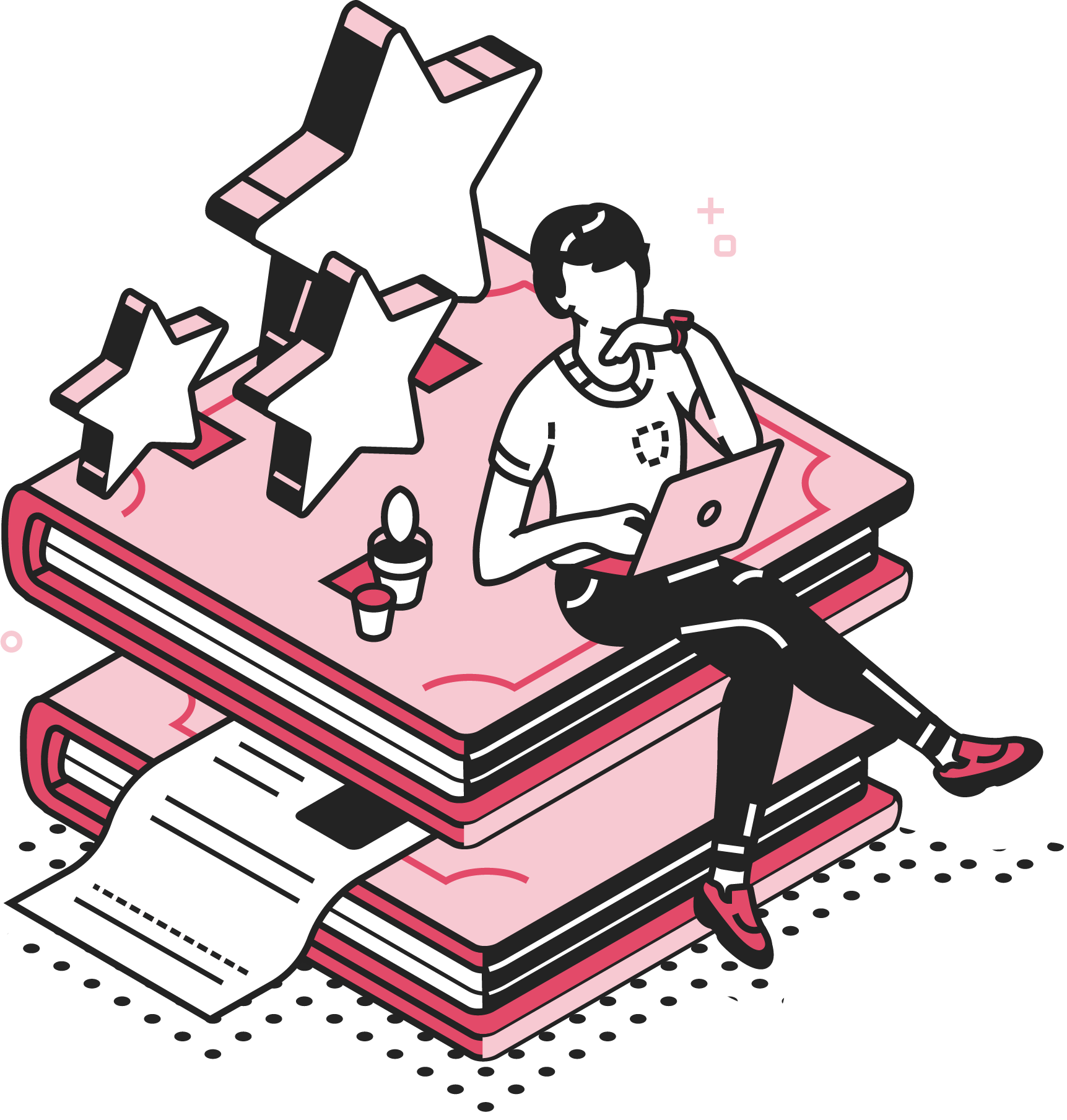
The GLS Legal Operations Centre
Register to access your complimentary Day 1 Resource Stack packed with legal team performance resources.
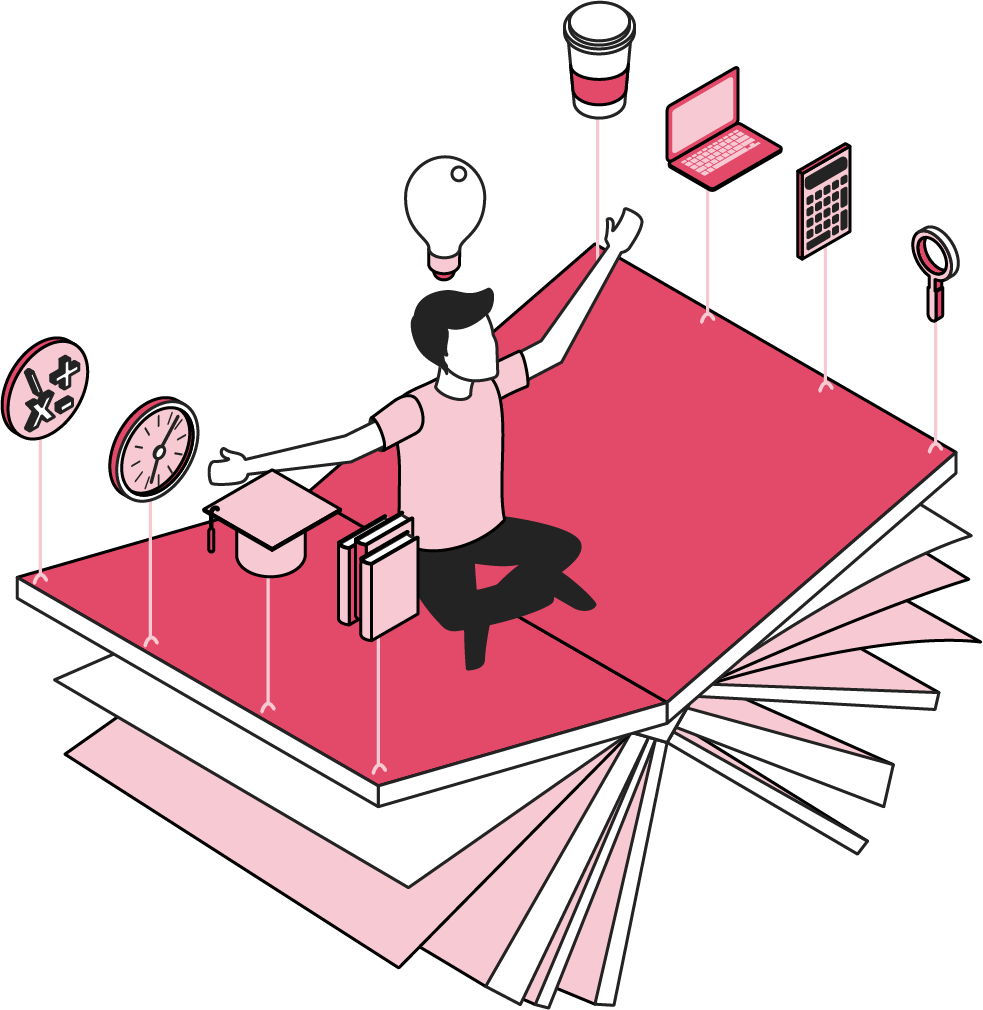
GLS Ultimate Guide To Legal Operations
Download this and read it thoroughly and regularly. It is a wonderful transformation companion.
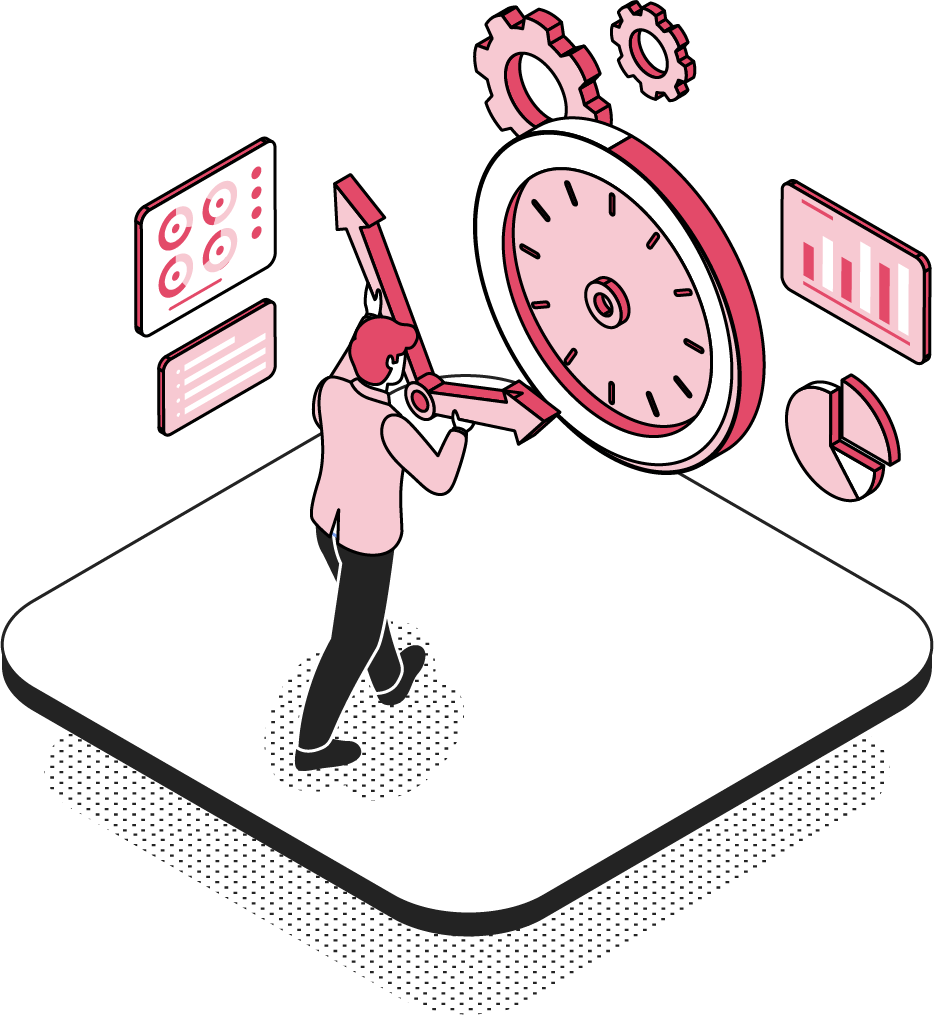
Book A No-Obligation Consultation
If you would like discuss your legal transformation needs, please book a 30 minute free consultation with us.
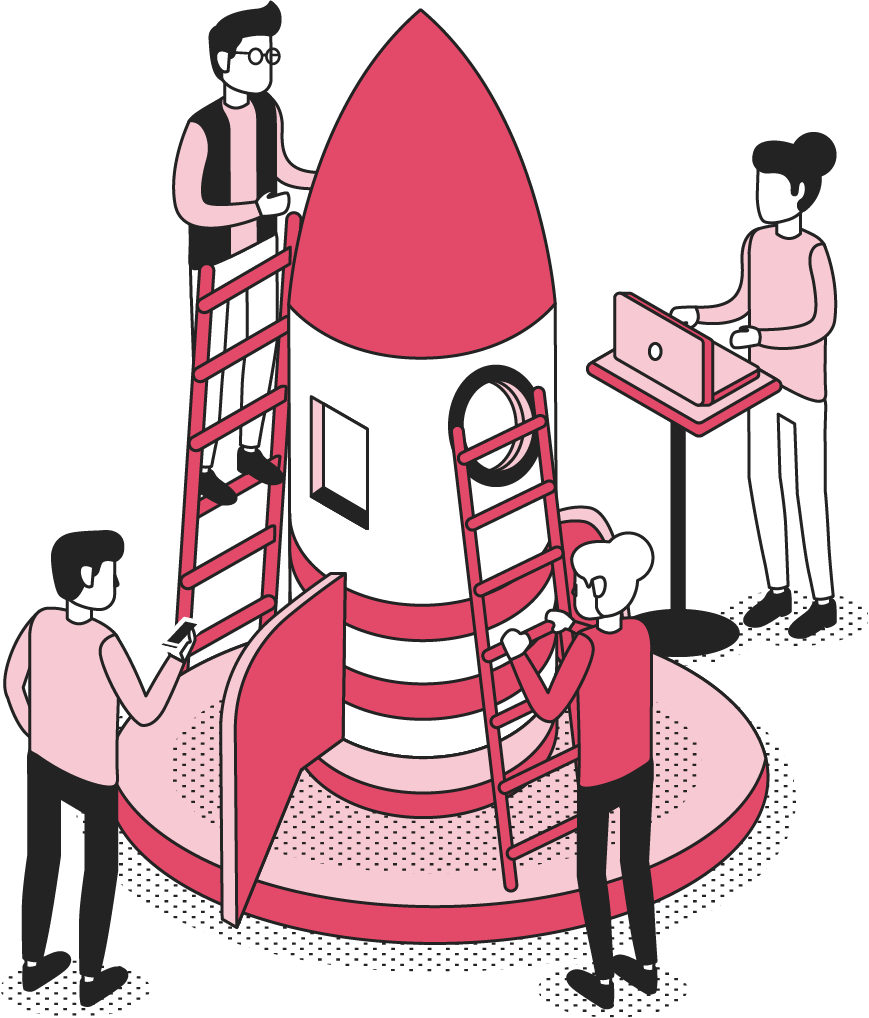
GLS Legal Transformation Boot Camp
Our hugely successful, 10-week long, email-based boot camp on how to effectively transform your legal team.
